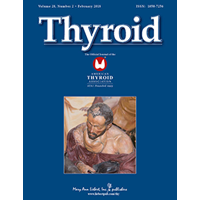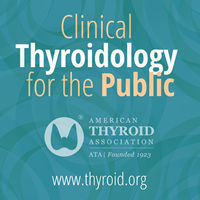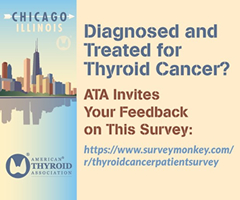Abstract
Mucormycosis is an uncommon, rapidly progressive, angio-invasive, commonly fatal, opportunistic fungal infection. The most critical decision in the management of rhinoorbital mucormycosis is whether the orbit should be exenterated. (1) To layout the indications of orbital exenteration in patients with rhino-orbito-cerebral mucormycosis. (2) To devise a scoring system that predicts the stage at which the exenteration needs to be carried out. A scoring system was devised by a team of experienced Otorhinolaryngologists and Ophthalmologists from prior experience in managing mucormycosis. All patients of mucormycosis visiting our hospital were admitted and included in the study. A total of 15 patients were included. The scoring system is based on 3 main criteria, namely: (1) clinical signs and symptoms. (2) Direct and Indirect Ophthalmoscopy. (3) Imaging. The Sion Hospital Scoring System is an accurate and promising measure to solve the dilemma that is associated with orbital exenteration in orbito-rhino-cerebral mucormycosis.
http://ift.tt/2IjneMW






